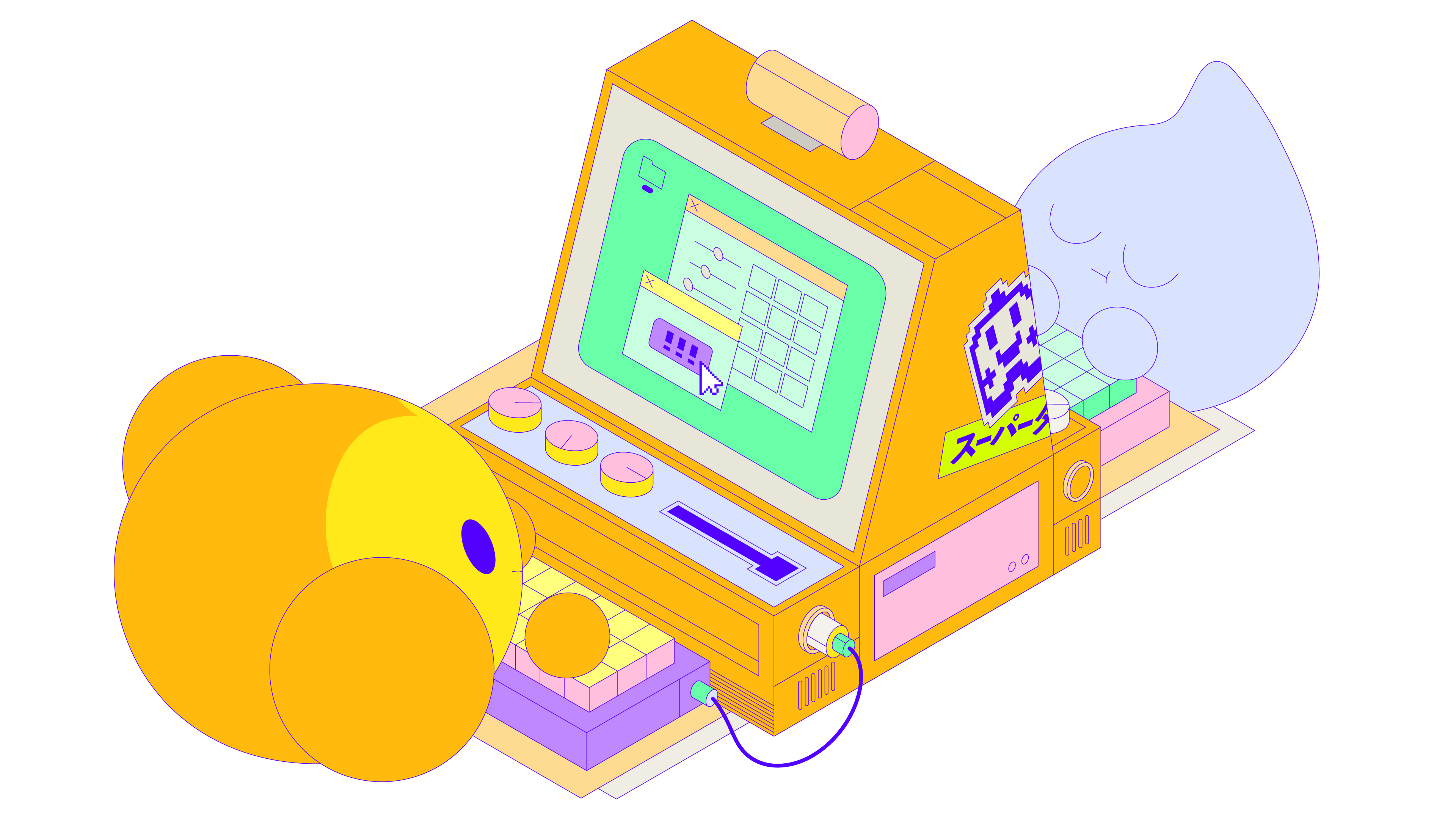
Make Low-Res, Sprite-Based 2D Games as Fast as Possible.
curl -sSfL https://turbo.computer/install.sh | shTurbo was designed from the ground up to help you make 2D games quickly. It features a live coding environment, easy web publishing, and built-in support for online multiplayer games.